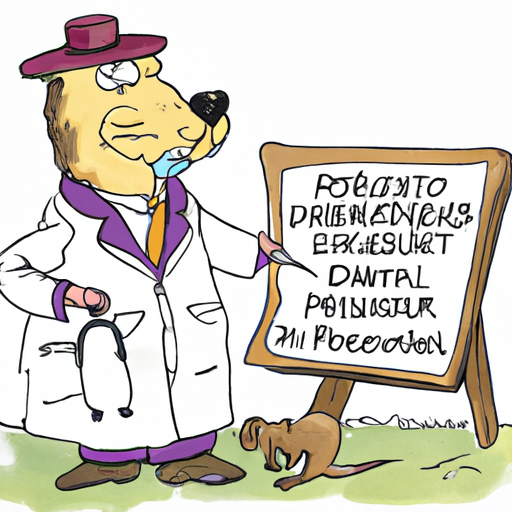Understanding Prairie Dogs
Prairie dogs, you may think of them as simple, harmless creatures. But, there’s so much more to know about them. They live in large colonies or “towns,” and their complex social structures and communication systems have fascinated scientists for years. But they also carry diseases that can pose serious risks to humans and pets.
Diseases Carried by Prairie Dogs
Prairie dogs are carriers of various diseases, including:
- Plague: Yes, the same one that caused the “Black Death” in the Middle Ages. Prairie dogs are often hosts to fleas that carry the Yersinia pestis bacteria, which causes plague in humans.
- Tularemia: This bacterial disease can also be spread to humans and pets through flea bites, direct contact with infected animals, or even through water or soil contaminated with the bacteria.
- Hantavirus: While less common, prairie dogs can also carry this virus, which humans can contract through contact with infected urine, droppings, or saliva.
Precautions to Protect Yourself and Your Loved Ones
As a caregiver, your role is to protect those you care for. So, how can you minimize the risk of these diseases?
- Avoid contact with prairie dogs and their burrows.
- Use flea control for your pets.
- If you must handle a prairie dog, use gloves and wash your hands thoroughly afterward.
- Avoid disturbing prairie dog colonies during their active season (spring through autumn), when fleas are most abundant.
The Role of Public Health
Public health departments play a crucial role in monitoring and controlling prairie dog populations to prevent disease outbreaks. They conduct regular surveillance, control flea populations, and relocate prairie dogs when necessary. Here’s a simple breakdown:
| Public Health Actions | Description |
|---|---|
| Surveillance | Regularly monitor prairie dog colonies for signs of disease. |
| Flea Control | Apply insecticides to control flea populations. |
| Relocation | Move prairie dogs away from populated areas to reduce human contact. |
FAQ
Q: Can I get plague from a prairie dog?
A: Yes, if you come into contact with fleas from an infected prairie dog or handle an infected animal.
Q: Are all prairie dogs infected with these diseases?
A: No, not all prairie dogs carry these diseases, but it’s best to avoid contact as a precaution.
Q: What should I do if I’ve been bitten by a prairie dog?
A: Seek medical attention immediately. Let your healthcare provider know about your bite, as they may want to start preventative treatments.
Q: Can my pets get diseases from prairie dogs?
A: Yes, pets can get plague and tularemia from fleas or by hunting prairie dogs. Ensure your pets are on flea control and avoid letting them near prairie dog colonies.
Q: What can I do to help control prairie dog populations?
A: Report new prairie dog colonies to your local public health department. Don’t feed or relocate prairie dogs yourself, as this can spread disease.
Your role as a caregiver is vital, and understanding the risks associated with prairie dogs can help you protect those in your care. Remember, knowledge is the first step in prevention. Stay informed, be proactive, and keep safe!



